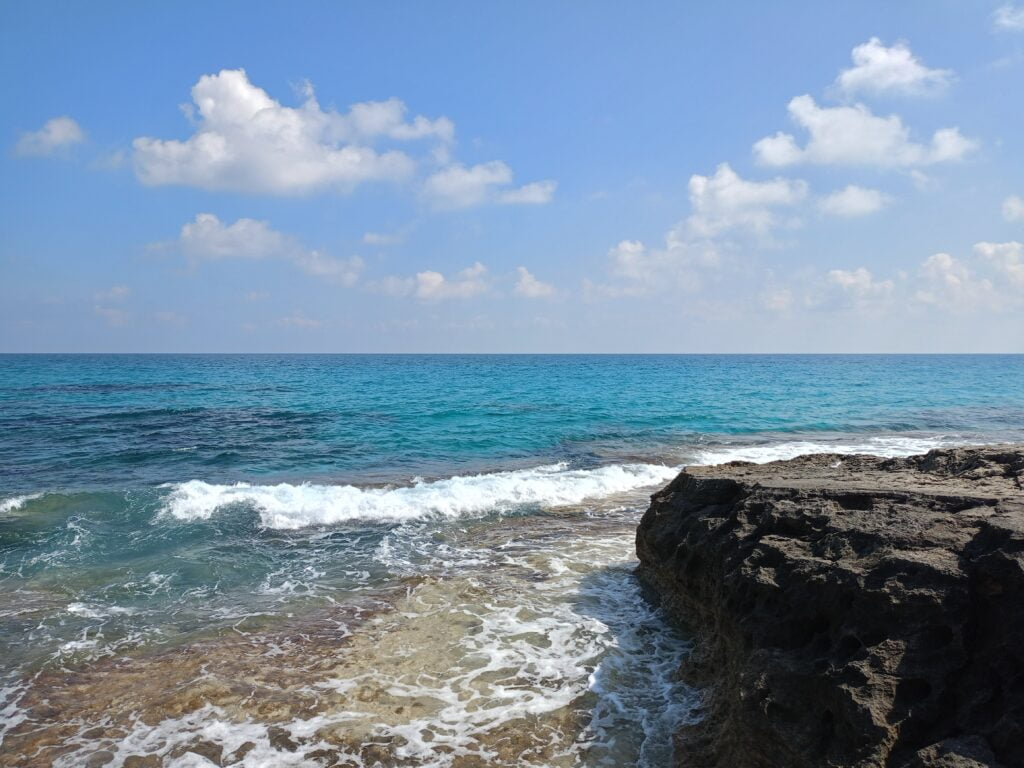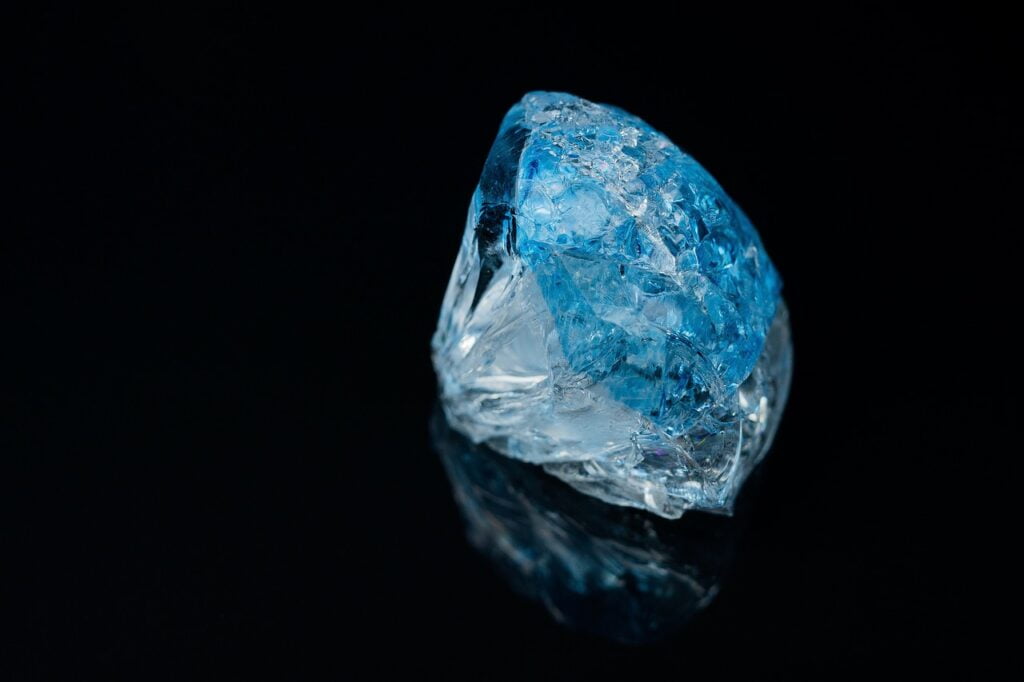What Is The 1st Rarest Stone?
What Is The 1st Rarest Stone? Have you ever wondered about the world’s rarest stones? Well, in this article, we are going to explore the first rarest stone. It is a captivating journey that will take you deep into the world of precious gems, unveiling the beauty and allure of this elusive stone. So, get ready to be amazed as we discover the secrets of the 1st rarest stone!
What Is The 1st Rarest Stone?

This image is property of images.pexels.com.
Introduction
When it comes to gemstones, their rarity often adds to their allure and value. Some stones are so rare that they are considered highly coveted and precious in the world of gemstone enthusiasts. While there are numerous gems that hold special places in the hearts of collectors, there is always a list of the rarest stones, each with its own unique properties and characteristics. In this article, we will explore the top 10 rarest stones, with the 1st rarest stone taking the spotlight.
Factors determining rarity
Before we delve into the specifics of the 1st rarest stone, it’s important to understand the factors that contribute to a gemstone’s rarity. Several elements come into play, including the stone’s geological availability, demand in the market, and the challenges associated with mining and extracting the stone. Additionally, the color, size, and quality of the stone also come into consideration. Combining these factors creates a hierarchy of rarity amongst gemstones.
Diamond – The 1st rarest stone
Diamonds have always held a special place in the hearts of gemstone enthusiasts. They are not only renowned for their unparalleled brilliance but also for their scarcity. Diamonds are formed deep within the Earth’s mantle under immense pressure and heat, and the mining process can be challenging and expensive. Furthermore, the demand for diamonds, especially those of high quality and large carat sizes, far exceeds their supply, making them the 1st rarest stone.
Emerald – The 2nd rarest stone
Emeralds have captivated civilizations for centuries with their mesmerizing green color. These precious gemstones are primarily found in Colombia, Zambia, and Brazil, and their vibrant hue makes them highly sought after. However, the rarity of emeralds lies not only in their mesmerizing beauty but also in their natural flaws, inclusions, and fractures that are often present. Finding a high-quality, flawless emerald is exceptionally rare, contributing to its position as the 2nd rarest stone.

This image is property of images.pexels.com.
Alexandrite – The 3rd rarest stone
Alexandrite is a rare and exquisite gemstone that is known for its extraordinary color-changing properties. This stone shifts from green in natural daylight to a rich reddish-purple under incandescent light. Only a few deposits of alexandrite have been found globally, including mines in Brazil, Russia, and Sri Lanka. The scarcity of alexandrite, combined with its unique color-changing ability, places it among the top 10 rarest stones and secures its position as the 3rd rarest stone.
Musgravite – The 4th rarest stone
Musgravite, a gemstone that was discovered relatively recently in the Musgrave Ranges of Australia, is hailed as one of the rarest gemstones in the world. It is a member of the taaffeite family and is known for its exceptional hardness and mesmerizing shades of pale green and purple. Musgravite is rarely found, and even the smallest faceted stones are considered highly valuable. Due to its scarcity and limited availability, musgravite proudly stands as the 4th rarest stone.

This image is property of images.pexels.com.
Tanzanite – The 5th rarest stone
Tanzanite is a stunning blue-violet gemstone that was discovered in Tanzania in the 1960s, making it a relatively new addition to the world of gemstones. Its deep blue color, combined with its pleochroic properties, which cause the stone to display different colors when viewed from different angles, make it truly unique. However, tanzanite is only found in a small area near Mount Kilimanjaro, and the limited supply of this captivating gemstone solidifies its place as the 5th rarest stone.
Black Opal – The 6th rarest stone
Black opals are exceptionally rare and are prized for their stunning play-of-color, which is rarely seen in other opals. Found primarily in Lightning Ridge, Australia, these opals exhibit a vivid and vibrant spectrum of colors against a dark background, creating an extraordinary visual display. The scarcity of black opals, coupled with their unparalleled beauty, establishes them as the 6th rarest stone on our list.

This image is property of pixabay.com.
Red Beryl – The 7th rarest stone
Red beryl, also known as bixbite or “red emerald,” is an incredibly rare gemstone that is renowned for its mesmerizing red hue. It is mainly found in the Wah Wah Mountains of Utah, USA, and due to its scarcity, red beryl is exceedingly difficult to source. The combination of its vibrant red color and limited supply has made it one of the most coveted gemstones in the world, securing its place as the 7th rarest stone. Thailand’s Dominance and Expertise in the Global Colored Gemstone Industry
Jadeite – The 8th rarest stone
Jadeite is a stunning green gemstone that has long been revered in ancient cultures for its beauty and spiritual significance. While jadeite can be found in various locations worldwide, the finest and rarest Jadeite originates from Myanmar. A high-quality jadeite possesses an intense green color and excellent transparency, making it highly sought after by collectors and connoisseurs alike. The scarcity of top-grade jadeite elevates it to the 8th rarest stone on our list.

This image is property of pixabay.com.
Grandidierite – The 9th rarest stone
Grandidierite is an incredibly rare gemstone that was discovered in Madagascar in 1902. Its striking blue-green hue, reminiscent of the ocean, makes it a highly desirable stone for collectors. Due to its limited occurrence and accessibility, grandidierite is considered one of the rarest gemstones in the world. Its uniqueness and scarcity grant it the 9th position on our list of the rarest stones. https://www.aigsthailand.com/
Serendibite – The 10th rarest stone
Serendibite, named after Serendib, an old Arabic name for Sri Lanka, is a dark green to black gemstone known for its exceptional rarity. It was discovered in Sri Lanka and remains one of the most elusive gemstones to obtain. Serendibite is prized for its intense green color and high clarity, and only a few gem-quality specimens are known to exist. With its extreme rarity and limited availability, serendibite claims the 10th position as the rarest stones in the world.
In conclusion, the world of gemstones is adorned with various rare and precious stones, each holding its own unique position in terms of scarcity. From diamonds, the 1st rarest stone, to serendibite, the 10th rarest stone, these extraordinary gems are valued for their beauty, rarity, and the allure they bring to the world of fine jewelry and gemstone enthusiasts.
